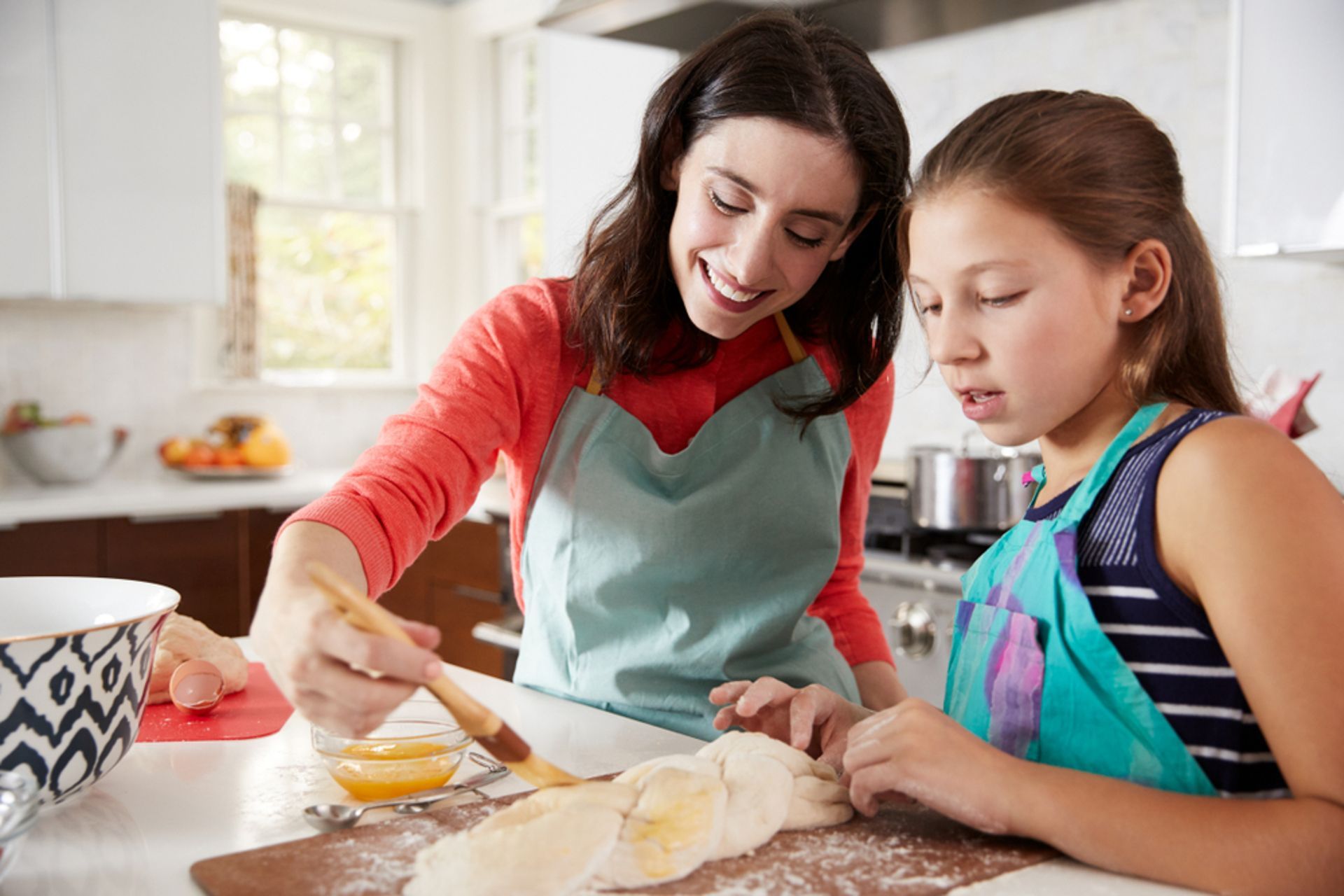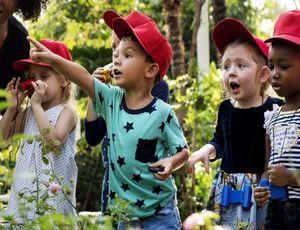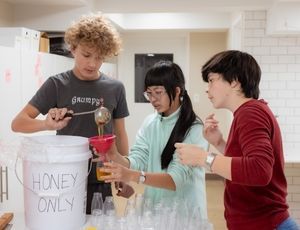Creating Family Rituals

During this time of togetherness, we have an opportunity to create family and holiday rituals with our children. In his book, Ritual: How Seemingly Senseless Acts Make Life Worth Living, anthropologist Dimitris Xygalatas explains how rituals provide balm for our anxieties, encourage our connections with each other, and help us find meaning in our lives.
Our children depend upon rituals, too. In fact, rituals provide our children with an awareness of family identity and positive experiences that help them cope with stress. When we have rituals in our lives, we can draw upon those connective times and rely upon an internal sense of having a web of support rather than feeling alone.
Rituals also help our children develop a growing sense of themselves as a member of a greater whole which promotes positive developmental outcomes. Plus, rituals can be great fun!
If you need some ideas for new rituals this holiday season, we thought we would share a few ideas.
Craft (or Re-Craft) Cards Together
Repurposing holiday cards is a fun way to go back through the greetings your family received and extend the spirit of the season. Children can cut out pictures from the cards, or even cut off the half without writing. These pieces can be pasted onto a blank piece of paper or card stock to create a collage or new card. The half-cards can also be used as post-cards with a brief note or thank you jotted on the undecorated site.
This low-cost activity not only offers children a way to creatively express themselves, but it also can provide practice with several fine motor skills. If your child is not yet writing, they can dictate their message. Older children can learn how to make a homemade envelope and even practice writing the mailing and return address.
If children are really enjoying this process, they can also send homemade greetings to the nonprofit Cards for Hospitalized Kids for distribution (just be sure to check the site for guidelines, especially regarding glitter!).
Sing Together or Compose a Song
Music is a powerful way to cultivate togetherness and belonging. When we sing (and dance!) together we build trust and empathy, while also alleviating stress. The holidays offer so many opportunities for creating music. If you aren’t keen on traditional carols or songs of the season, another fun option is to gather different music-making tools, like different-sized bells or even glasses with different amounts of water in them. Experiment with gently shaking the bells or tapping glasses with a pen or similar item to create a little melody. If everyone likes the tune, play around with adding some words to describe a funny part of the day, tell a story of the holiday, or share about a favorite food!
Cook & Bake Together
Time in the kitchen is always a wonderful way to create some holiday memories. With extra time during days off, you can really revel in the experience of gathering ingredients, measuring, mixing, decorating, and even getting sudsy during the clean-up.
Young children might enjoy dipping pretzels or peppermint sticks in melted chocolate and then (before the chocolate hardens) twirling them in sprinkles. Or you have a favorite cookie recipe for the holidays. Your children can help make a batch and then package the cookies with a fancy bow to deliver to neighbors or to those working over the holiday (like firefighters, police officers, hospital staff, etc.).
Listen to or Share Stories Together
Storytelling captures our imaginations and transports us to other times and places. During the holiday season, we can create special moments when we come together and share stories, memories of past years or stories from our own childhoods. We can invite our children to share their stories, too! This kind of story time could be an opportunity to read treasured picture books aloud. Even older children will delight in the opportunity to revisit old favorites.
We can also create a scene like that of the days when families would gather to listen to a radio drama. Make it cozy and special with pillows, soft blankets, and special snacks. Bring the Alexa (or another device) to the center and listen to an audio story. Sites like Story Nory or Light Up Your Brain offer short pieces (roughly 5 to 10 minutes long) if you want to warm up to the story-listening experience!
Become a Tourist in Your Town
With all the holiday lights, it’s a wonderful time to have everyone get into pajamas, take a thermos or to-go cups of hot chocolate, and take a neighborhood driving tour with plenty of stops for sipping cocoa. For some added fun, you can rate favorite front-yard displays, create a scavenger hunt, or try to fill out homemade bingo cards. Playing some holiday music also helps set the mood.
Rituals are a significant part of our human experience and offer us ways to ground ourselves and form connections. As the holiday busyness subsides, let’s use these days together to connect with our children and create new family memories. Please also share your favorite rituals. We’d love to hear from you!






